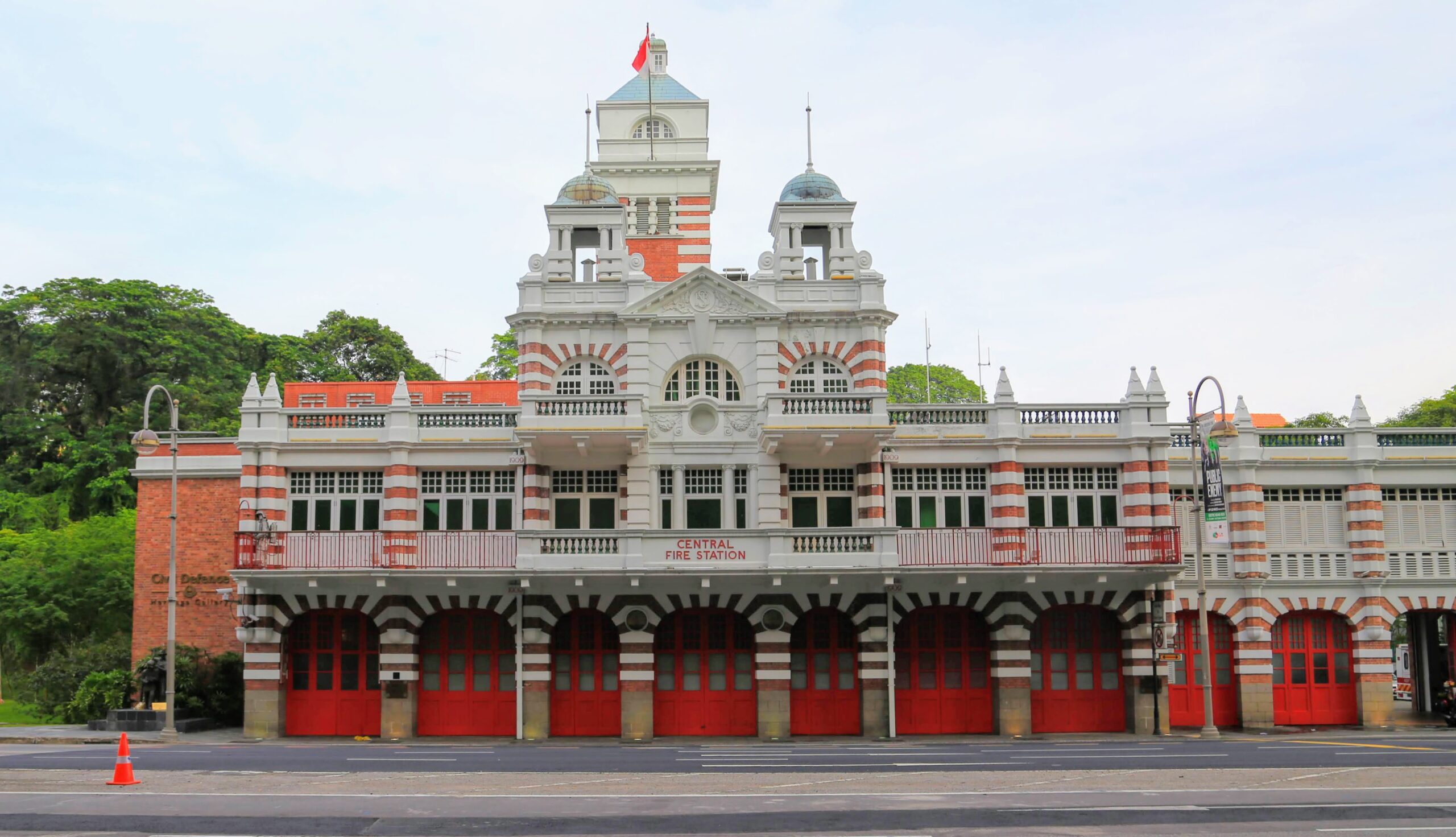
19 Nov 2025

After analysing the current state, the status quo of Innovation Readiness, conclusions need to be drawn and actions need to be taken to unleash the full innovation potential (Read more).

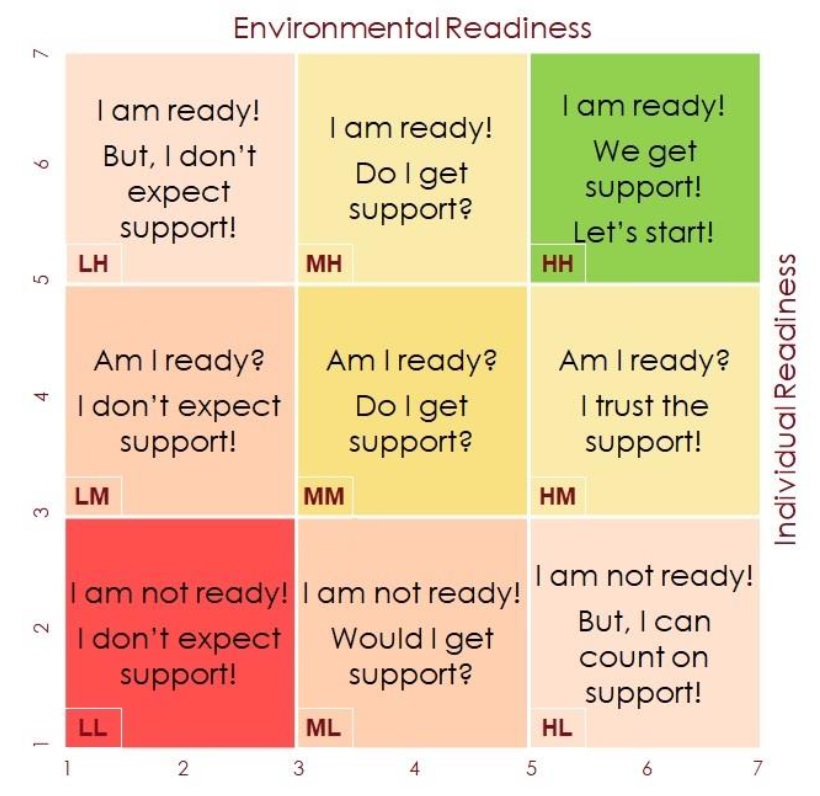



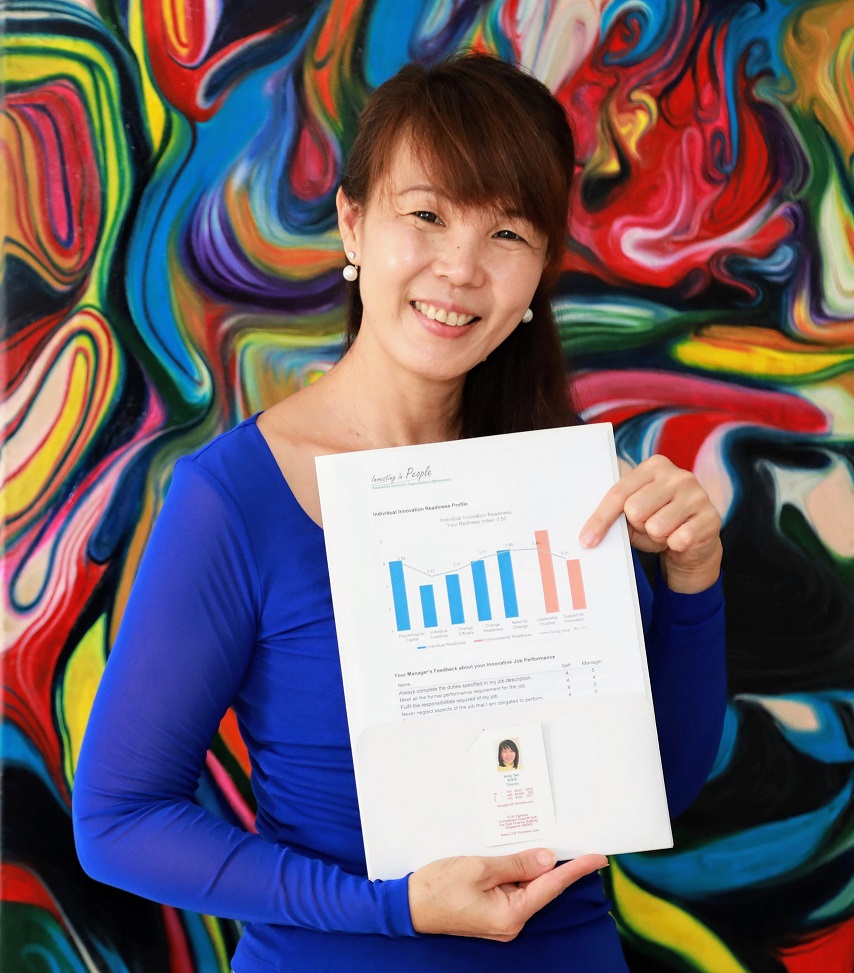
| Variable | Category | Explanation |
X1 | Innovation Readiness | Individual Innovation Readiness involves an obvious need for change, a sense of one’s ability to successfully accomplish change (self-efficacy) and an opportunity to participate in the change process. |
X2 | Individual Creativity | Individual Creativity is driven by one’s own sense of identity for job performance. |
X3 | Psychological Capital | PsyCap refers to an individual’s positive psychological resources that are relevant to both innovation and stress. It can potentially provide a necessary repository of psychological resources that help effectively innovate work-related ideas. |
X4 | Leadership Practice | Leadership Practice is measured based on Transformational Leadership. Transformational leaders work with subordinates to identify needed change. They support creating a vision to guide the change through inspiration. They aid in executing the change in tandem with committed members of a group. |
X5 | Support for Innovation | Support for Innovation measures the degree to which individuals view the organisation as open to change, supportive of new ideas from members, and safe to try new things. |
Y1 | Innovative Work Behaviour (IWB) | Includes idea generation as well as the types of behaviour needed to implement improvements that will enhance personal and/or organisational performance. |
Y2 | Innovation Output | Includes actual innovation output, i.e. performance in suggesting and implementing new ideas, displayed as average per participant. |


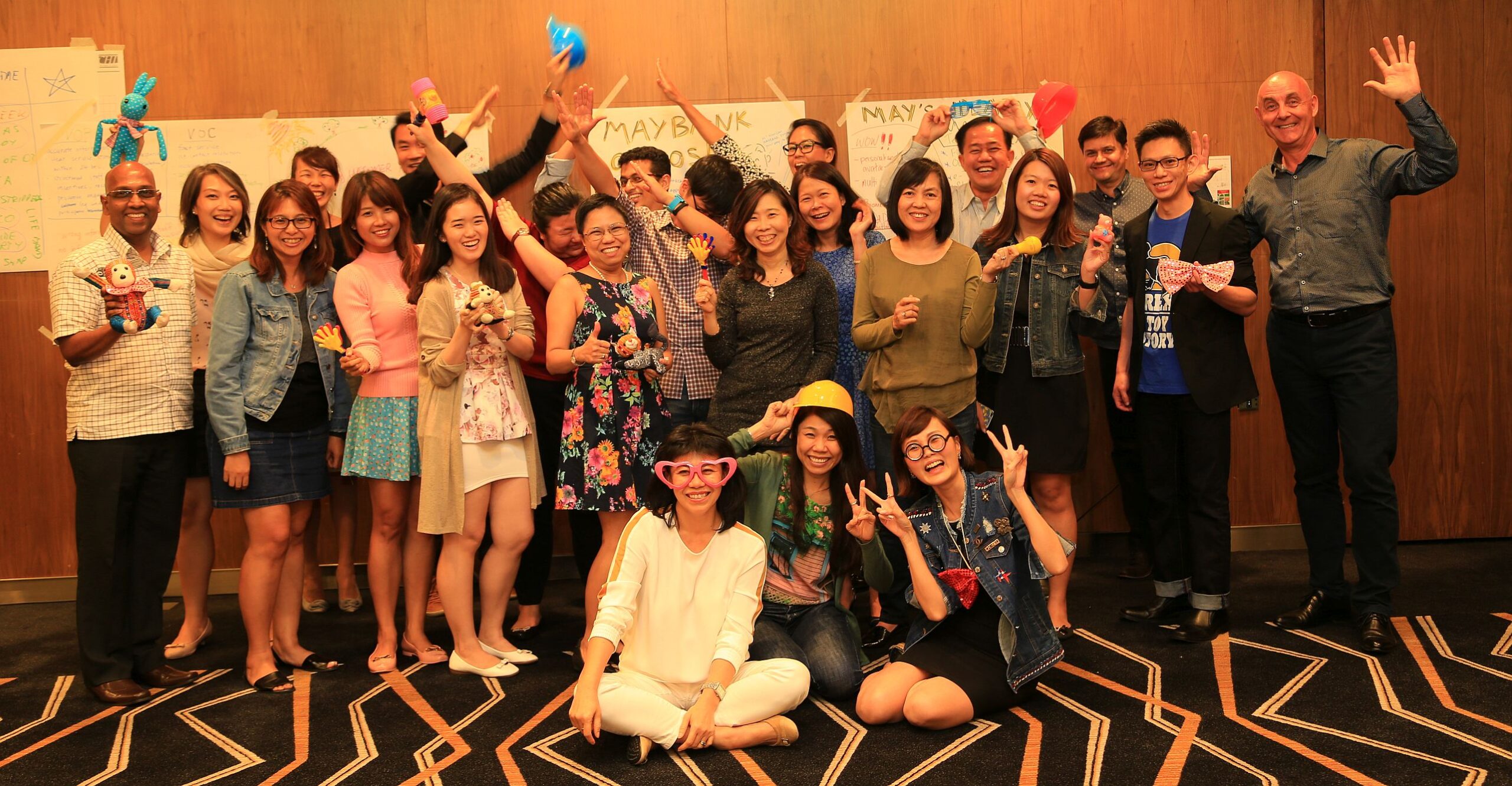
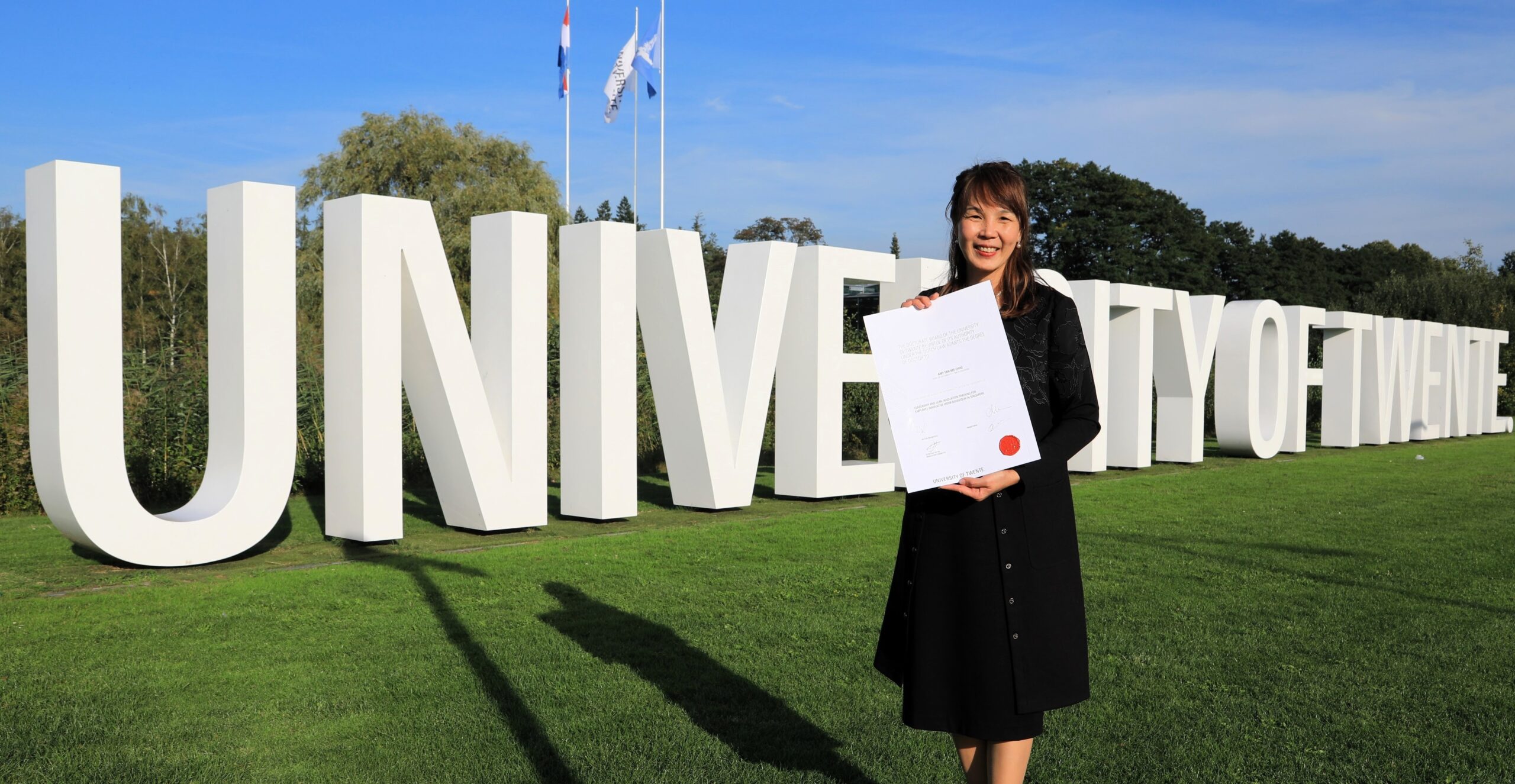

Copyright © 2025 by COE Pte Ltd. All Rights Reserved.